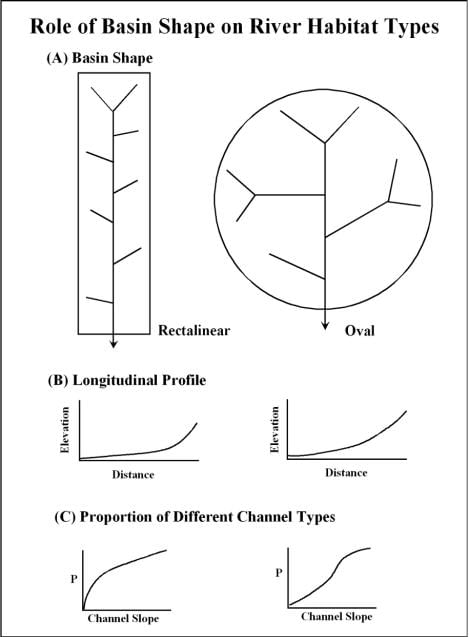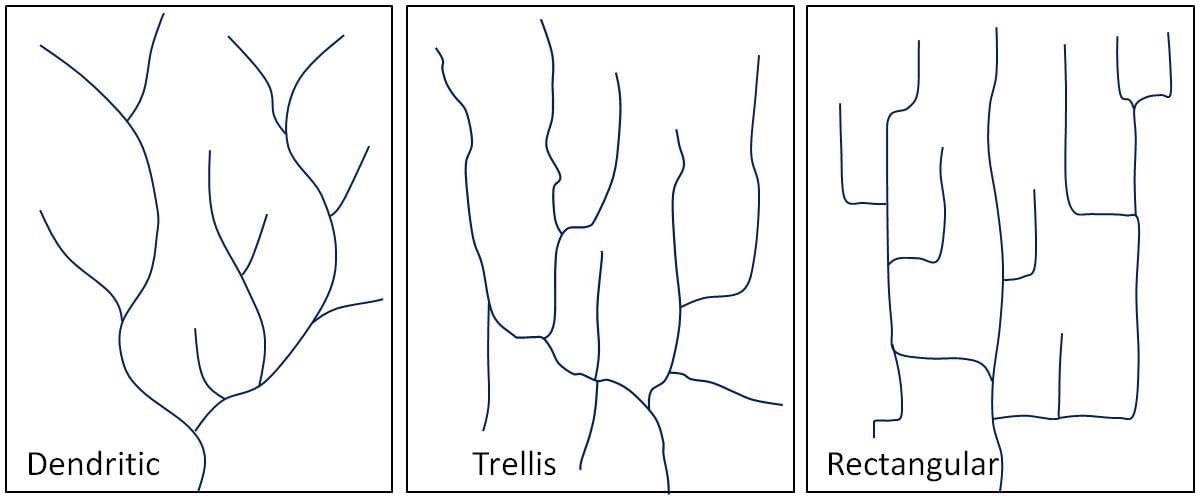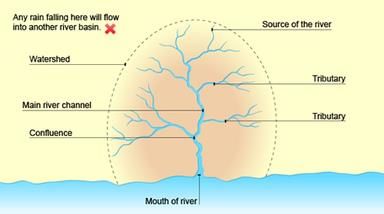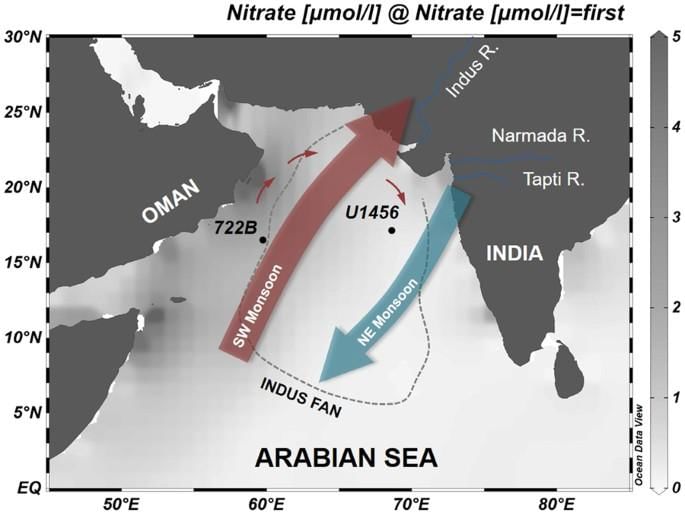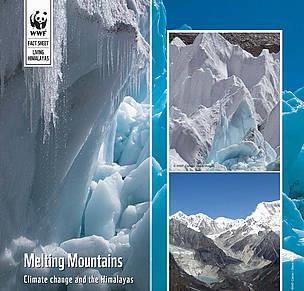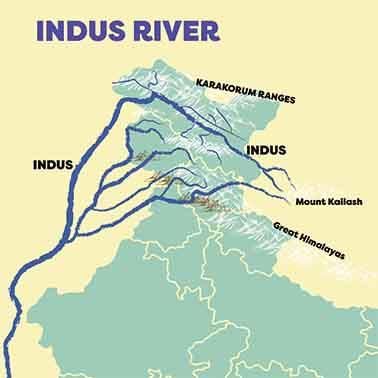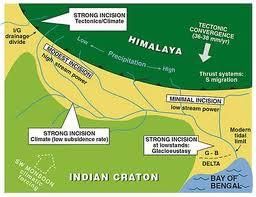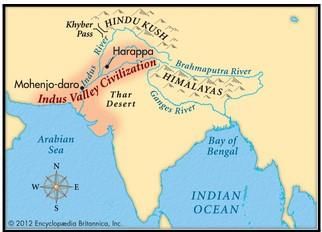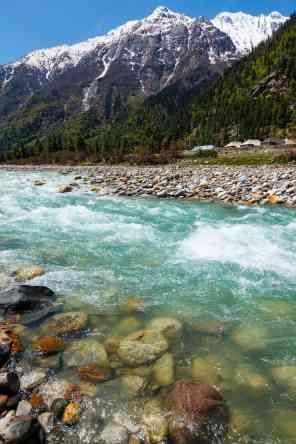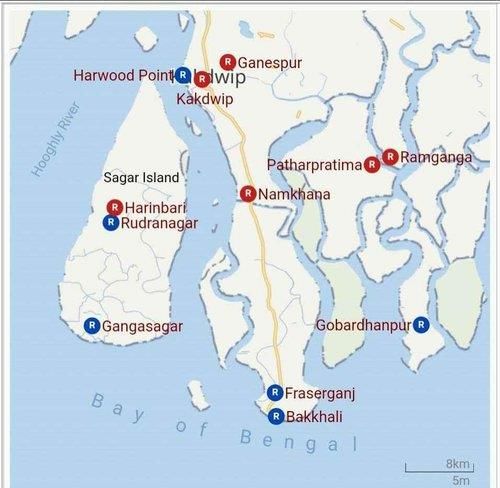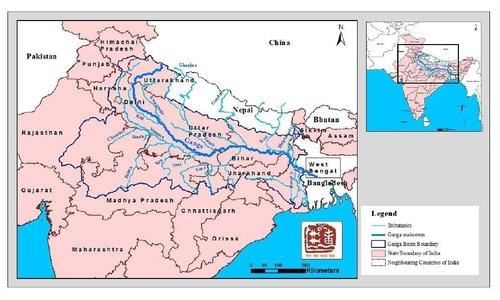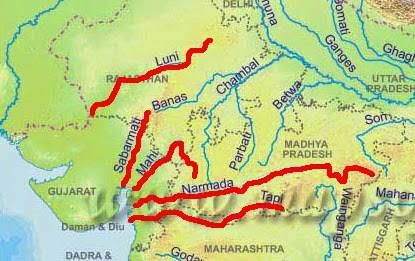|
Card: 7 / 36 |
Fill in the blank: Areas drained by a river and its tributaries are called ___ basins. |
|
Card: 9 / 36 |
True or False: The Arabian Sea drainage area consists of 23 percent of the total drainage area in India. |
|
Card: 12 / 36 |
A catchment area is the specific area from which a river collects water, including its tributaries. 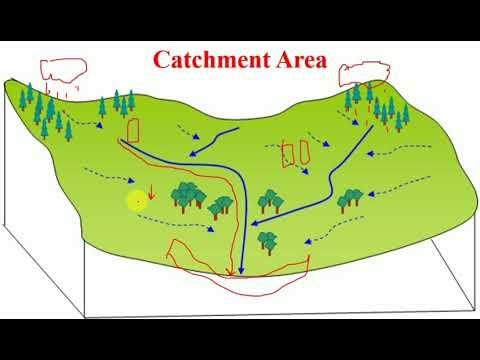 |
|
Card: 13 / 36 |
Fill in the blank: The drainage basins of India are classified into three categories based on the size of the watershed: major, medium, and ___ basins. |
|
Card: 15 / 36 |
The Himalayan drainage system primarily consists of perennial rivers due to their dependence on ___ and ___. |
|
Card: 17 / 36 |
True or False: The Ganga, Indus, and Brahmaputra are considered non-perennial rivers in the Himalayan drainage system. |
|
Card: 19 / 36 |
The evolution of the Himalayan drainage system is believed to have originated from a river known as ___ during the Miocene period. |
|
Card: 21 / 36 |
What are the three main drainage systems that evolved from the Indo-Brahma river? |
|
Card: 22 / 36 |
The Brahmaputra and its tributaries, the Ganga and its tributaries, and the Indus and its tributaries. 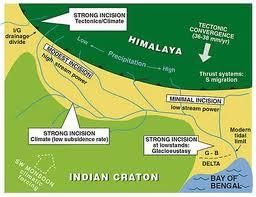 |
|
Card: 23 / 36 |
The Indus river system is one of the largest river basins in the world, covering an area of approximately ___ sq. km. |
|
Card: 25 / 36 |
The Brahmaputra River emerges from the Chemayungdung glacier and is known as ___ after it carves a gorge in the Himalayas. |
|
Card: 27 / 36 |
What are the primary reasons for the Brahmaputra's susceptibility to flooding and bank erosion? |
|
Card: 28 / 36 |
The Brahmaputra is susceptible to flooding and bank erosion due to its large tributaries bringing significant sediment loads from heavy rainfall in its catchment area. 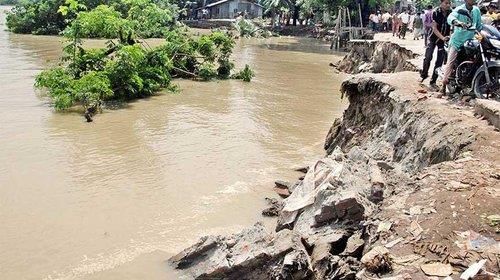 |
|
Card: 29 / 36 |
Fill in the blank: The Ganga River finally discharges into the ___ near the Sagar Island. |
|
Card: 31 / 36 |
True or False: The Indus River system includes tributaries such as the Shyok, Gilgit, and Yamuna. |
|
Card: 32 / 36 |
False - The Indus system does not include the Yamuna; it includes tributaries like Shyok, Gilgit, Zanskar, and others. 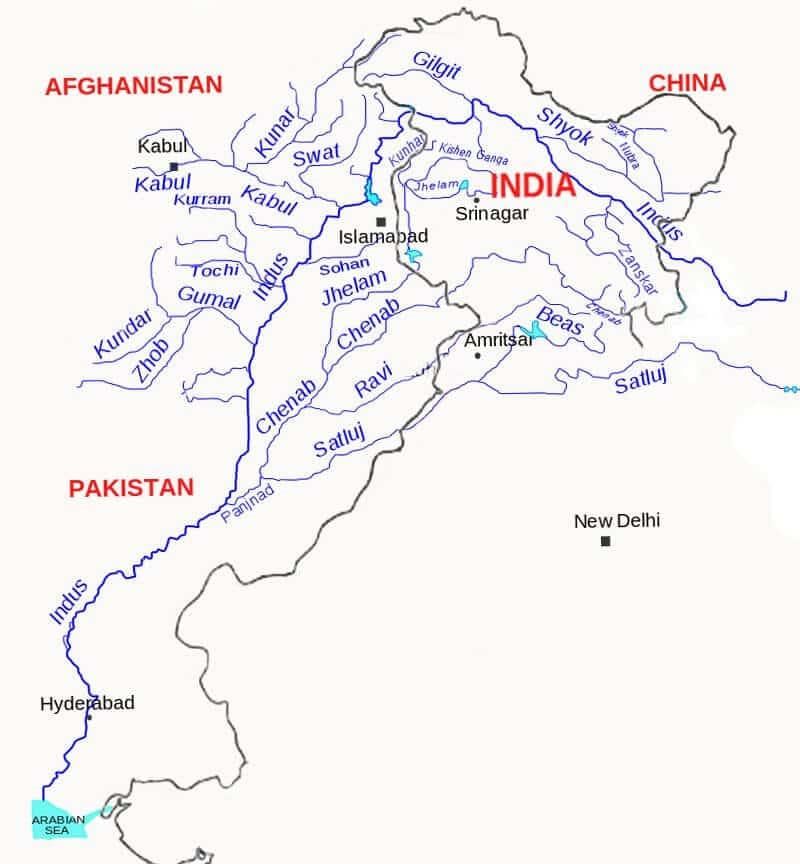 |





